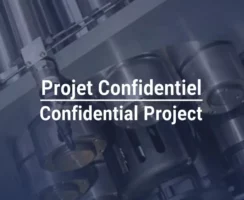Process Development & Chemical Pilot Plants / Test Benches & Experimental Pilot Units
Pressurized Flow Reactor Systems for CO2 Capture (CCUS) Research
A European university research center needed to strengthen its research platform for bioprocesses in CO2 Capture Utilization and Storage (CCUS/BECCUS). IRIAN MECATRONICS designed and supplied a set of two pressurized reactor systems (tubular and CSTR), providing a precise, safe, and automated experimentation platform.
A Versatile R&D Platform for CCUS and Hydrogen
The research center’s specifications aimed to develop new bioprocesses, which involved specific technical challenges. The goal was not a single piece of equipment, but a flexible platform capable of supporting various research projects, notably in CO2 capture and hydrogen production.
Key requirements included:
Operational Versatility: The ability to operate two distinct reactor types (continuous tubular and CSTR) for different study methodologies.
Chemical Compatibility: Handling various gases (H2, CO2, O2, N2) and liquids, requiring careful selection of wetted materials.
Data Precision: Fine, reproducible control of process parameters (flow, pressure, temperature) to ensure the validity of research results.
Enhanced Safety: Absolute control of risks associated with high pressures (up to 200 bar) and high temperatures (up to 300°C).
The IRIAN MECATRONICS Solution: Precision, Safety, and Flexibility
Our design office developed an integrated solution, not as two separate machines, but as a cohesive experimentation ecosystem. The focus was placed on data reliability and operator safety.
Design Focused on Reproducibility: To ensure the quality of research data, the systems are equipped with high-precision components. Gas flows are managed by Mass Flow Controllers (MFCs), and liquids by HPLC pumps. Pressure regulation, a critical point, is handled by a dome-loaded back-pressure regulator, offering superior stability.
A Multi-Layered Safety Architecture: Safety is not an option. Each reactor incorporates three independent levels of protection: software safety (HMI thresholds), passive safety (analog signal processing from sensors), and mechanical safety (relief valves). This redundancy ensures the protection of operators and equipment, even in unforeseen circumstances.
Materials and Simplified Maintenance: To guarantee longevity against process fluids and temperatures, all wetted parts are 316 stainless steel and high-performance elastomers (FKM/FFKM). Furthermore, the design of the tubular reactor, based on standard fittings and reusable PTFE seals, was conceived to simplify disassembly and maintenance by the university’s teams.
Centralized Control and Acquisition: Both systems are controlled by a PLC and a common Human-Machine Interface (HMI). This allows researchers to program ramps, monitor all sensors, and export all data in .csv format for analysis, ensuring complete traceability of the tests.
Does your project require specific experimental conditions?
High pressure, temperature, or critical environment: we design the custom system capable of faithfully replicating your test conditions.

